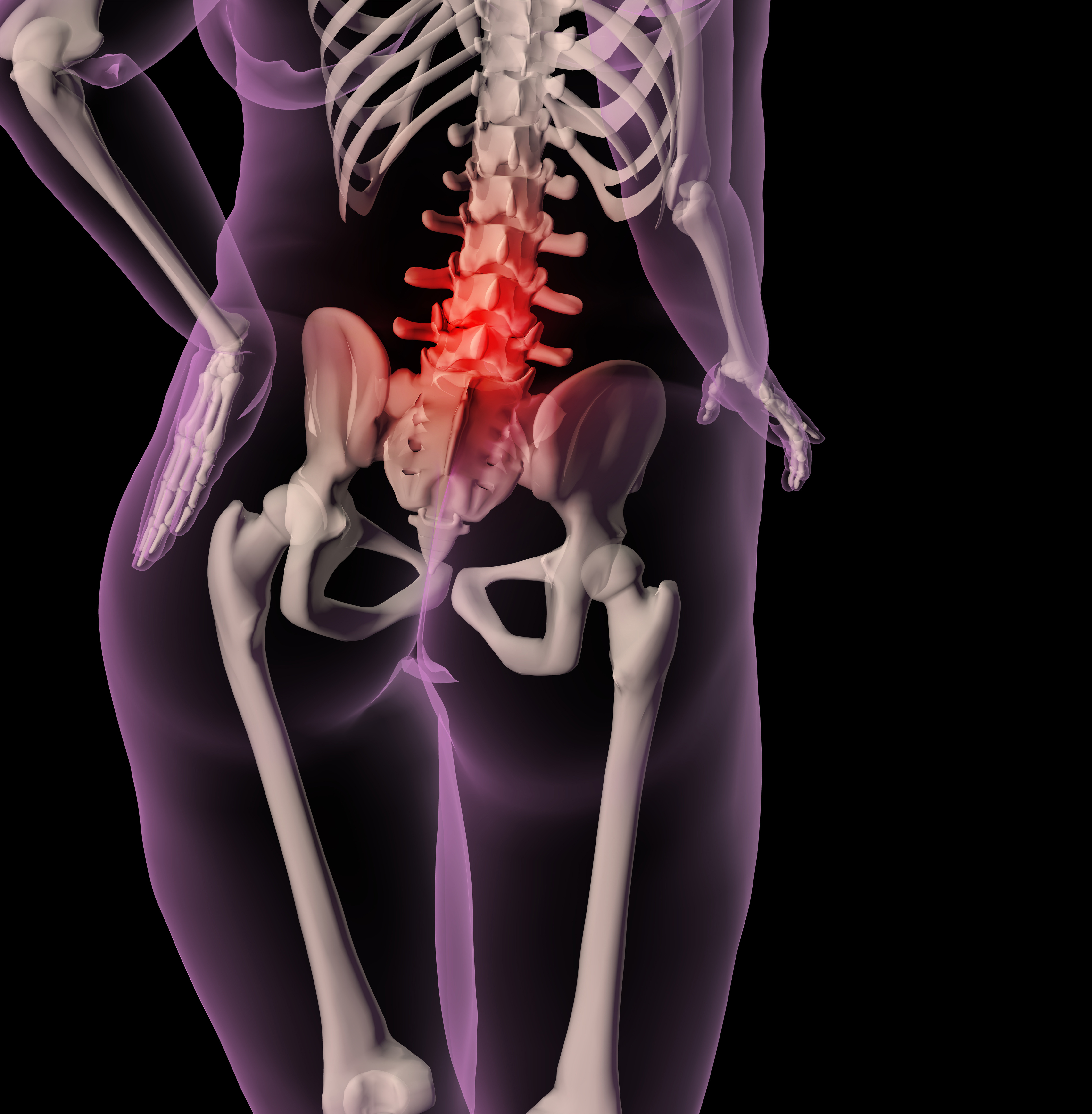MUSCULAR OR NOT
“Dr. Sellers, I think it’s just muscular.”
“What happened?” I ask.
The response is usually, “I’m not sure. I just woke up with it.”
As a chiropractor I hear this a lot in my office. On occasion it is true that the pain a patient presents with is just muscular. However, more often it is not.
Why?
First of all, a problem is never just muscular. Muscles move joints and what affects muscles affects the joints they move. Secondly, if a pain is purely muscular you won’t just wake with it. You will have done something to cause the muscle to hurt and will generally know what that “something” was. You will usually be able to associate your pain with an activity that over taxes or outright strains the muscle. If you injure or strain a muscle the pain is immediate. If you overtax a muscle it is possible that you will not feel it until the next day.
“So, if it’s not muscular, Doc, what is it?”
Good question! If 30 years of practicing chiropractic have taught me anything, it’s that nothing is ever as simple as it seems. There are a lot of things in the spine that can cause pain. Things we call pain generators. The three most common pain generators are discs, joints and nerves. Any of these, either alone or in combination, can lead a patient to believe that their pain is muscular.
Here’s what happens. When a disc, a joint or a nerve becomes inflamed, irritated or pinched the muscles that surround them begin to splint or tighten. This serves to protect the inflamed tissue. This tightness can be mild or it can be severe, like a spasm. The spasms are obviously painful. However, the less severe tightness can be too.
Why is that painful?
To help patients understand I ask them a few questions.
“What would happen if you were to do bicep curls all day long every day for a week or two?”
“Do you think your bicep muscle would become sore or painful?”
You bet it would. So, although the pain does not begin in the muscle it usually ends up there.
I fix the disc, joint or nerve problem and the muscle pain goes away.
Simple!
WHAT’S THAT “POPPING” SOUND? IT’S CAVITATION!
WHY YOU SHOULD TAKE MAGNESIUM
IS YOUR ANTIBIOTIC HARMFUL?
Several years ago a friend and patient of mine was spending some time with his family at the beach. On one particular day he rose from the sand and began an easy jog toward the water. After three or four steps he experienced what he said felt like being struck in one of his calves with a baseball bat. He fell to the ground and was unable to rise and walk. After getting home, a visit to his orthopedist revealed that he had a rather severe spontaneous tear of his calf muscle. He spent a couple of months walking in a boot.
He had recently been on a round of the antibiotic, Cipro, and he knew that this drug could cause spontaneous tendon ruptures and muscle tears. That is what happened.
Cipro belongs to a class of drugs known as Fluoroquinolones. They are antibiotics commonly used to treat a variety of illnesses such as respiratory and urinary tract infections. These medicines include ciprofloxacin (Cipro), gemifloxacin (Factive), levofloxacin (Levaquin), moxifloxicin (Avelox), norfloxacin (Noroxin), and ofloxacin (Floxin). More than 23 million patients received a prescription for one of them in 2011.
Renata Albrecht, MD, who heads the FDA’s Division of Special Pathogen and Transplant Products, estimates that spontaneous ruptures occur in about one in 100,000 people. But, the agency says, taking the drugs appears to triple or quadruple the risk.
There are other bad things these drugs can cause. In a 2001 study by Dr. Jay Cohen, the following reaction rates were documented:
* Nervous system symptoms occurred in 91 percent of patients (pain, tingling and numbness, dizziness, malaise, weakness, headaches, anxiety and panic, loss of memory, psychosis)
* Musculoskeletal symptoms in 73 percent of patients (tendon ruptures, tendonitis, weakness, joint swelling)
* Sensory symptoms in 42 percent of patients (tinnitus, altered visual, olfactory, and auditory function)
* Cardiovascular symptoms in 36 percent of patients (tachycardia, shortness of breath, chest pain, palpitations)
* Skin reactions in 29 percent of patients (rashes, hair loss, sweating, intolerance to heat or cold)
* Gastrointestinal symptoms in 18 percent of patients (nausea, vomiting, diarrhea, abdominal pain)
The FDA has told companies that the drugs must now carry “black box” warnings alerting doctors and patients that the drugs can increase risk of tendinitis and tendon rupture in some patients. A “black box” warning is the FDA’s sternest warning.
A study published in Medical Science Monitor in 2014 showed that one of the drugs, levofloxacin, caused the cells in the discs of rat spines to break down . This is a particular importance to me as a chiropractor. If you have lower back pain and know that you have taken one of these drugs be sure to tell your chiropractor.
WHEN IT COMES TO LOW BACK PAIN, MAINTENANCE MATTERS!
Suffering from low back pain requires more than just a quick-fix.
A 2011 study conducted by two Egyptian medical doctors conclusively demonstrated that maintenance chiropractic care provided significant benefits for patients with chronic low back pain. (Study here)
What is Maintenance Care?
Maintenance care is what chiropractors recommend after their patients have completed an initial course of care for acute pain and correction of their misalignments.
The authors of the study, conducted by the Mansoura Faculty of Medicine, concluded that spinal manipulation (or what chiropractors call adjustments) is effective for treatment of chronic, non-specific, low back pain. However, to obtain long-term benefits for the patient, the study supports continuing a maintenance plan of spinal manipulation after an initial, intensive therapy course has been completed.
This study confirmed the findings of Martin Descarreaux, whose study was published in the Journal of Manipulative and Psychological Therapeutics in 2004. (Study here)
So, what does that mean for you?
Here’s the translation: Even after your misalignments have been corrected and your low back pain alleviated, it’s recommended to return once a month for maintenance care to keep pain and misalignments from returning.
If you suffer from low back pain and are looking for long-term relief, Dr. Bart Sellers at Chiropractic Associates of Mandeville can help. Contact our office today to schedule an appointment.
CHIROPRACTICS AND BALANCE
Did you know?
Whether you’re having back pain or neck pain, problems in the spine can cause you to lose your balance. Chiropractic treatment of the spine can significantly improve your balance. Read on to learn about the link between spine problems and balance.
Think about this: if the normal range of motion in any one spinal joint is reduced by 50%, then 50% of the information that single joint supplies to the brain on movement, position, sense, and balance is also reduced. This means that the brain is unable to accurately perceive where the body is in space, and the direction in which it is moving. Is the body falling? In which direction?
And that’s just one joint. Consider that just in the lower back alone, there are 15 such joints. If you have restrictions in motion in all of those joints, then the problem is compounded or multiplied.
If your brain doesn’t know where your body is in space, if it can’t sense that you are losing your balance or if you are falling, then you can’t respond in an appropriate manner to keep yourself from hurting yourself.
Enter the chiropractor. Chiropractic adjustments to the spine restore normal motion to the spinal joints and improve the communication between your body and your brain. This improves your balance and reduces your risk of falling and injuring yourself.
If you’ve noticed back pain, neck pain, or any reduction in flexibility through your spine, call Dr. Sellers today at 985-624-9888 or contact us to schedule a chiropractic adjustment.







